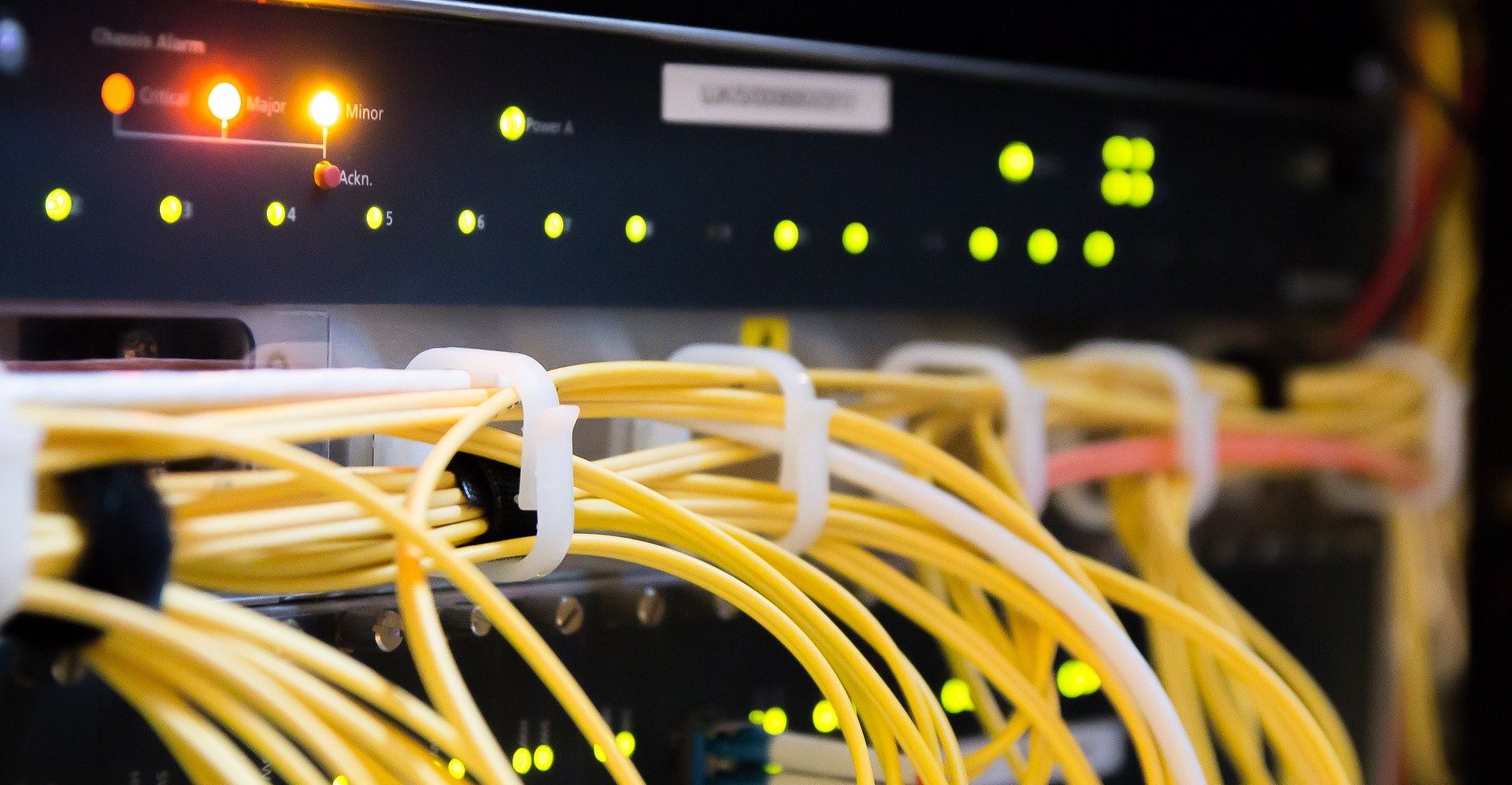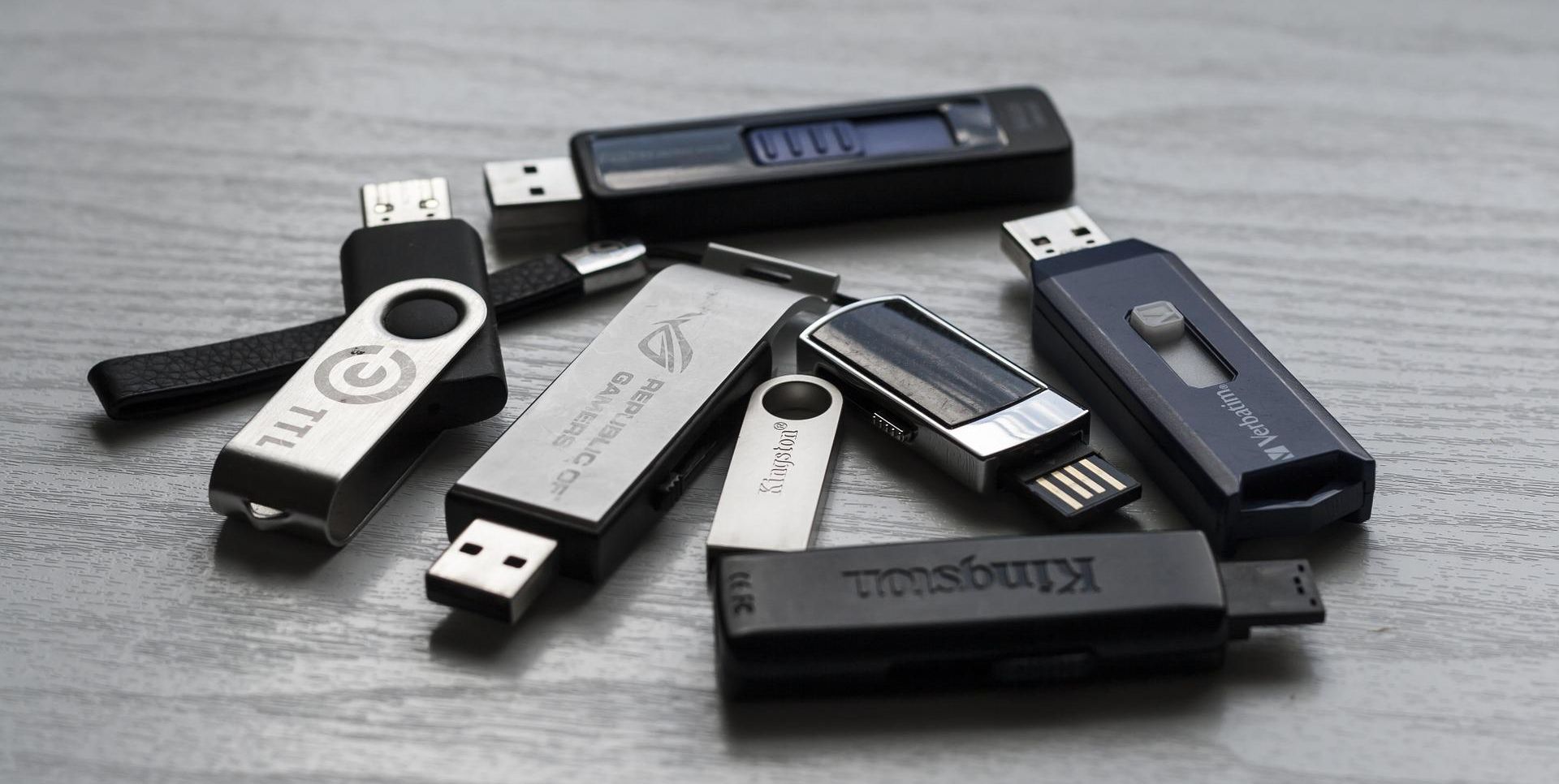If there's one thing that poses a threat to all technology users, it's malware. This harmful software can be incredibly dangerous and damaging and now comes in various forms. But how has malware become so widespread? What key tactics and tools do cybercriminals use to infect devices?
1. Malicious Downloads
Today, there are endless kinds of software that you can download from the internet. But this wide availability of programs on so many different sites has created an excellent opportunity for cybercriminals who are looking to infect devices with malware as easily as possible.
If you're not using a totally legitimate website to download software, such as its developer, you always run the risk of downloading a malicious program. This could be something potentially less harmful like adware but could be as severe as ransomware or a damaging virus.
Because people often do not check if a file is safe before downloading it or don't even know what red flags they should be looking for, this avenue of infection is incredibly popular among cybercriminals. So, what can you do to avoid malicious downloads?
Firstly, you should ensure that you're only downloading files from trusted websites. Sometimes it can be difficult to find the correct file to download for your specific OS or OS version, but don't let this inconvenience drive you towards a suspicious site. Of course, it can sometimes be difficult to determine if a site is legitimate or not, but you can use a link-checking site to overcome this obstacle.
Additionally, if the software you're looking for usually costs money, and you see a "free" version available to download, this could spell trouble. While it may seem tempting to try out a free version of a typically expensive program, this could leave you a lot worse off if there is malware hiding within the file.
You can also use any antivirus software you have installed to scan files before downloading them or use scanning sites like VirusTotal to run a quick check of any file for free.
2. Phishing Emails
Phishing is one of the most commonly used forms of cybercrime out there. This is mainly because almost anyone can be contacted over email, text, or direct message. On top of this, it can be worryingly easy for a cybercriminal to trick a victim through a phishing message by using persuasive or professional language and the right kind of format and imagery. If it looks legit, it probably is, right? That's the mindset that scammers prey upon.
In a phishing scam, the attacker will send their target a message claiming to be an official, trusted party. For example, an individual may receive an email from what seems to be their regular postage courier claiming that their package has been diverted, and they need to provide certain information to have it safely delivered. This kind of urgent communication works well in pressuring the recipient to comply with the sender's request.
Within this phishing email will be a link that the target is required to click on to enter their details, verify an action, or similar. But, in reality, this link is entirely malicious. Much of the time, the site will be designed to steal whatever data you enter, such as your contact details or payment information. But phishing can also be used to spread malware via allegedly "safe" or "official" links that the attacker sends you. In this case, you may have already put yourself in danger as soon as you've clicked the link.
Again, a link-checking site can be invaluable to your safety when it comes to phishing, as it allows you to immediately determine the safety of any given URL.
On top of this, it's important to check emails for spelling errors, unusual sender addresses, and suspicious attachments. For example, if you've received an email from what seems to be FedEx, but the email address says something slightly different, like "f3dex", you might be dealing with an attempted phishing attack.
Running quick checks like this can mean the difference between keeping and losing your data and privacy.
3. Remote Desktop Protocol
Remote Desktop Protocol (RDP) is a technology that allows one user's computer to directly connect with another via a network. While this protocol was developed by Microsoft, it can now be used on a range of different operating systems, making it accessible to almost anyone. But, as is often the case, cybercriminals have developed a way to exploit this popular tool.
Sometimes, RDP can be poorly protected or left open on an old system, which gives attackers the perfect chance to strike. Scammers find these insecure systems using widespread scanners. Once the attacker finds a vulnerable connection and is able to gain access to a remote computer via the protocol, they can infect it with malware, and even take data from the infected device without the owner's permission or knowledge.
Ransomware has become a common issue among RDP users. In fact, Paloalto's 2020 Unit 42 Incident Response and Data Breach Report found that, out of 1,000 recorded ransomware attacks, 50 percent used RDP as the initial infection medium. This is a kind of malware that encrypts a victim's files and holds them hostage until the attacker's requirements (most often financial) are met. Then, the attacker will supply the victim with the decryption key, though there is no guarantee that they will do this.
In order to protect your devices when using RDP, it's important to use strong passwords, employ two-factor authentication, and update your servers whenever possible to ensure you're using the most secure software.
4. Flash Drives
While it can be easy to remotely infect devices with malware, that doesn't mean it can't still be done physically. If an attacker happens to have direct access to a victim's device, using a flash drive can be a quick and easy way to install malware.
Malicious flash drives are often equipped with harmful code that can collect the available data on a victim's device. For example, a drive could infect a device with a keylogger, which can track everything the victim types, including login information, payment details, and sensitive communications.
When it comes to using a flash drive, an attacker can essentially download any kind of malware onto a device, including ransomware, spyware, viruses, and worms. This is why it's crucial to password-protect all of your devices, and power them down or lock them whenever you're not in their immediate vicinity.
You can also disable your USB ports if you have to leave your computer on while you're away.
Additionally, you should avoid using any flash drives that you don't know the contents of, or scan any drive with your antivirus software beforehand.
Malware Is an Increasingly Pressing Issue
Cybercriminals continue to develop new ways of spreading malware and attacking victims. It's crucial that you protect your devices in any way possible and double-check any software, files, and links before downloading or accessing them. Simple small steps like this can keep you safe from malicious entities.





